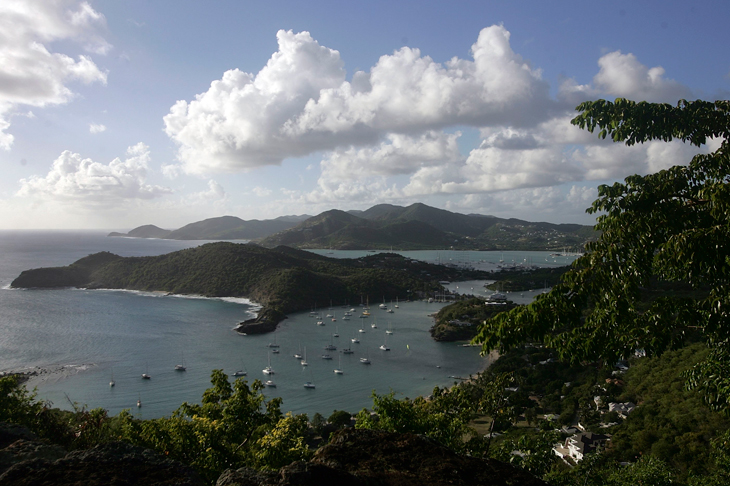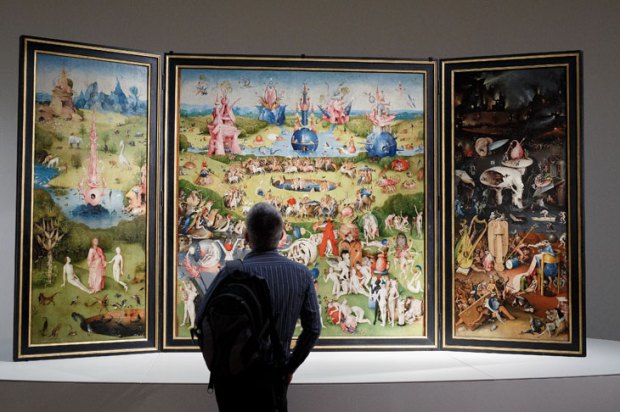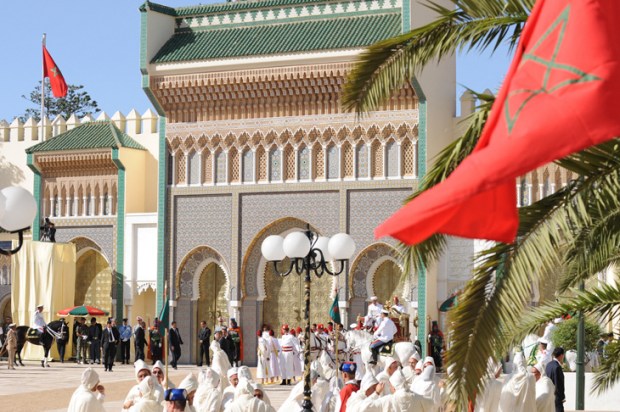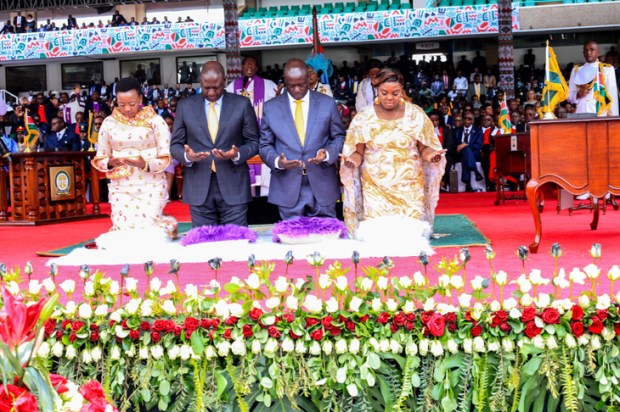Want to stop the world and get off? Try spending some time on a yacht with extremely limited communications racing through the Bermuda Triangle. Tranquillity guaranteed. Stepping off is another matter, however, with a blizzard of news updates assured to infuriate as information systems return to normal.
I was fortunate to sail aboard the 68-foot yacht El Oro in the inaugural Antigua-Bermuda (the A-B) race with an international but hardly multicultural crew of Poms, a Kiwi, a Frog, a Swede, Aussies and a St Lucian. The race instructions were simple. Finish off St David’s Lighthouse, Bermuda, leaving the islands of Antigua and Bermuda to port. After a week and nine hours at sea we managed to win the Classic Yacht division, albeit to our intense astonishment, and finish with credible fourth and seventh places in other divisions.
The 935 nautical mile race (the Sydney-Hobart is a mere 630 nautical miles) was intended to bring interested yachties to Bermuda for the America’s Cup, but with only 20 entries it didn’t add a great deal to Bermuda tourism and as a number of Bermudians were competing some of the money was returning home. One Bermudian yacht, Monterey, skippered by the race chairman, Bermudian Les Crane, a former commodore of the Royal Bermuda Yacht Club, sank swiftly after hitting a submerged object. The fortunate crew were speedily picked up by a nearby boat with no loss of life.
During the brief time I had in Antigua preparing for the voyage, I learned that there is now almost no agriculture on the island because, wait for it, a local told me that working on the land is such a painful reminder of the island’s slave heritage that no-one will pick up a shovel or a hoe; though there is one very enterprising woman who is making a wheelbarrow full of money with her flourishing tomato garden. All the greens we bought had been flown in. Not surprisingly, Angry Antigua boasts a Mount Obama. The insignificant feature was formerly known as Boggy Peak.
Curiously, the cloud of slavery which has now been imposed over much of the Caribbean and the United States doesn’t hang over the nearby island of Barbuda, which we sailed past (we went on the wrong side and lost time), though Barbuda has a somewhat stronger claim to live in slavery’s shadow. In 1685, the island was leased to brothers Christopher and John Codrington. There is some dispute about whether the Codringtons used it to breed slaves, with one Barbudan telling a party from El Oro who visited that it indeed had been, and that he was proud of his Codrington heritage and credited his striking looks and statue to the rich diet of locally-grown meat and vegetables provided to his hand-picked forebears. On arriving in Bermuda, some in the local black population were angry about the lack of a black presence in the America’s Cup and ancillary activities. It may be that there aren’t a lot of black sailors at the America’s Cup level yet, though there are a number of sailing programs for young black Bermudians designed to introduce them to the sport.
One letter in the Royal Gazette, the local paper, protested that a white rapper Collie Buddz (aka Colin Harper) sounded like a black chap and shouldn’t be given a microphone. I wondered whether Sir Mick Jagger had weighed in on the cultural appropriation argument given the huge debt the Rolling Stones owed to black music. Another grumble was that The Authentic Bermuda Shorts (TABS) company, whose product is a tourist favourite, was all about white entrepreneurs, not blacks. Surely there must be some solution or other? Maybe a black entrepreneur might suggest it.
Race is an issue lurking just below the surface in Bermuda. My first visit to the island took place not long after the 1973 assassination of Governor Richard Sharples, and the murder of his aide de camp Captain Hugh Sayers, and the killing of the vice-regal Great Dane, Horsa. The two murderers, Erskine Durrant ‘Buck’ Burrows and Larry Tacklyn, succumbed to the Rastafarian ideology and the weed and imagined themselves Black Power militants. They were hanged at Bermuda’s Casemates Prison in December, 1977; the last hangings to take place on British soil. Riots followed and 250 British troops, US Marines and more than 1,500 other forces from police, the local Bermuda reserve regiment, even firemen, were deployed to restore order after two tourists and a Bermudian hotel worker were killed.The riots were seen as a blow to the white Bermudian establishment and the largely black Bermuda Progressive Labor Party held power from 1998 to 2012, effectively sending the island broke. In a nutshell, that’s why the island is hosting the America’s Cup. It is gambling that the event will attract tourists, attract international attention and restore the fortunes lost by the PLP.
Stepping off the island and back into the real world, it was depressing to discover nothing had changed. Instruments of the religion of peace had brought death to civilians in Manchester, Baghdad, Kabul, London and Melbourne and the Western world seemed all at sea in its response. Beam me up. Scotty. The Bermuda Triangle may be the safest place on earth.
Got something to add? Join the discussion and comment below.
Get 10 issues for just $10
Subscribe to The Spectator Australia today for the next 10 magazine issues, plus full online access, for just $10.
You might disagree with half of it, but you’ll enjoy reading all of it. Try your first month for free, then just $2 a week for the remainder of your first year.












Comments
Don't miss out
Join the conversation with other Spectator Australia readers. Subscribe to leave a comment.
SUBSCRIBEAlready a subscriber? Log in